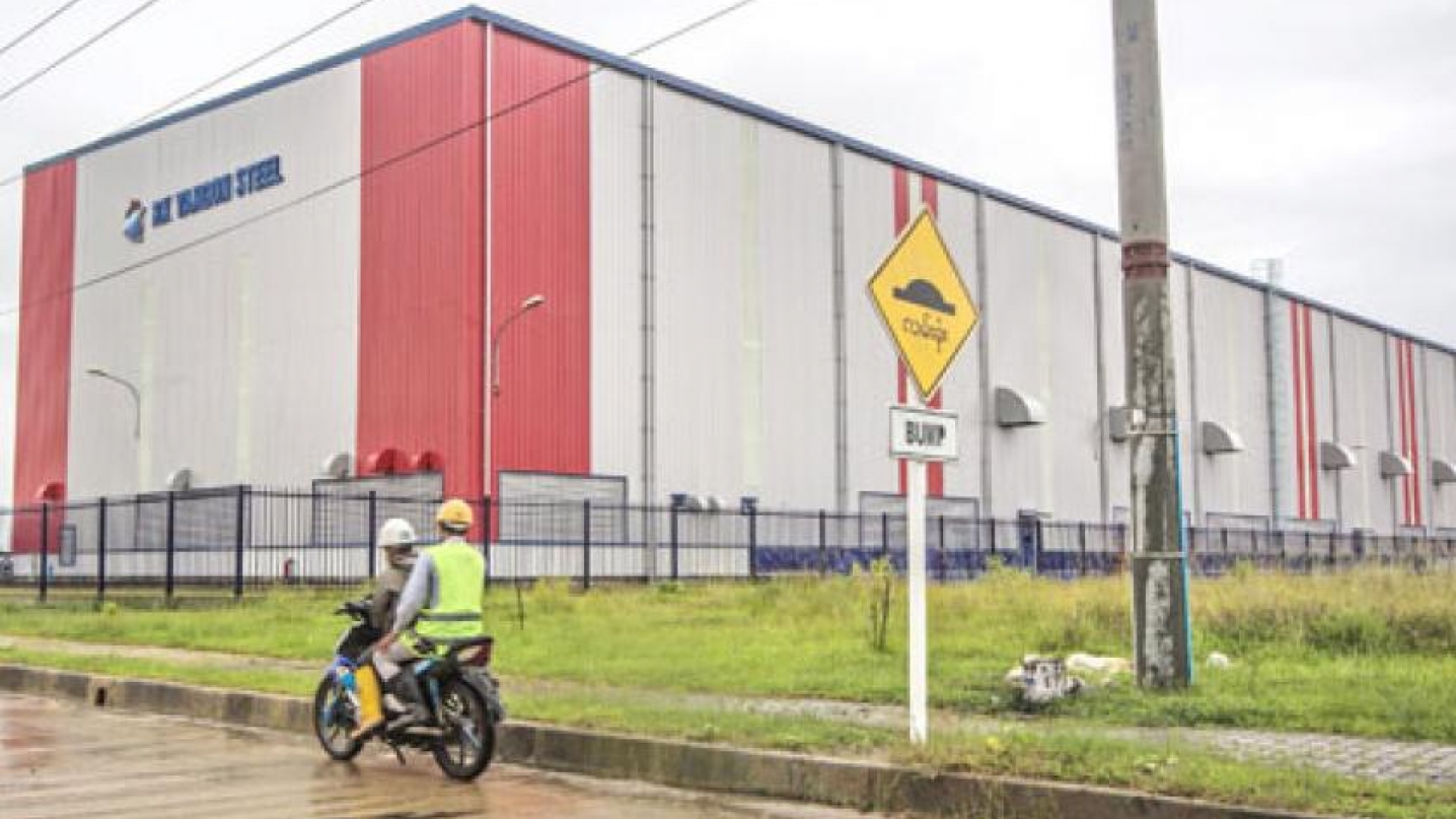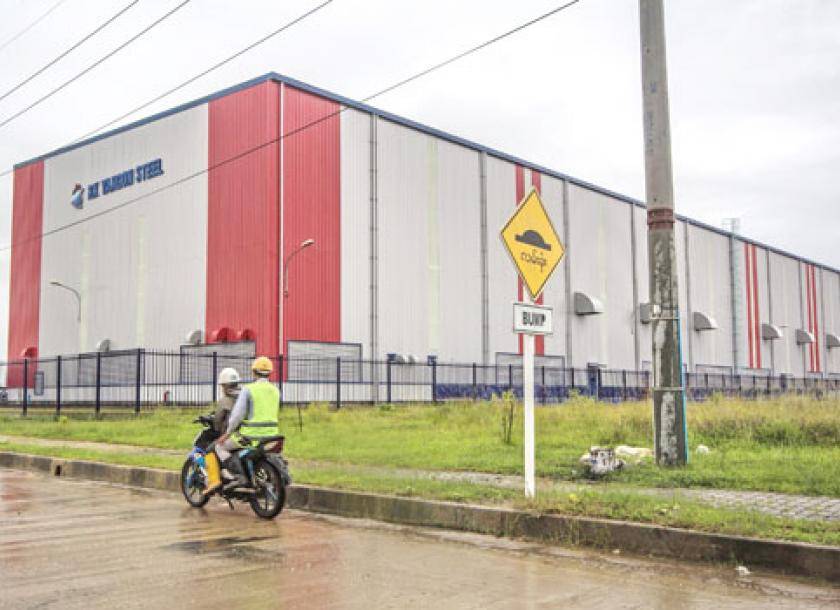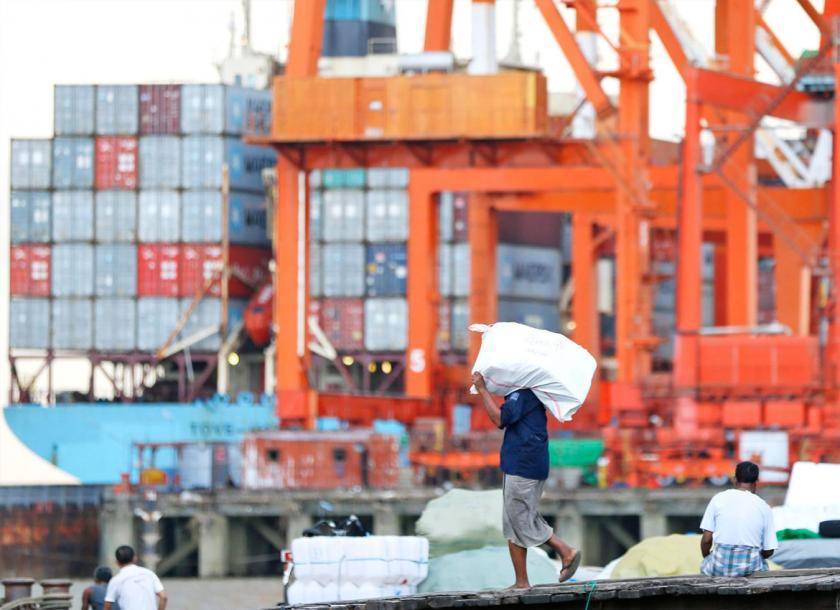The Ministry of Commerce has called for export potential with Myanmar products to Saudi Arabia’s market. The ministry recently negotiated with Saudi Arabian ambassador to Myanmar concerning the items identified as export potential, including honey, fish, prawn, fishery products. At present, Saudi Arabia has received Myanmar’s answers to the queries they sent regarding the new regulations. Suppose the cold storages and processing companies are found to be in accordance with the fishery import standards of Saudi Arabia. In that case, Myanmar can resume exports of the fishery products to Saudi Arabia. Myanmar exports to Saudi Arabia accounted for 30 per cent of its farm-raised fish exports and 40 per cent of rohu exports and 60 per cent of river catfish. Earlier, Myanmar yearly earned estimated US$20-35 million from fishery products exports to Saudi Arabia.
Myanmar exports marine products, such as fish, prawns, and crabs, to markets in 40 countries, including China, Saudi Arabia, the US, Japan, Singapore, Thailand, and countries in the European Union. Additionally, the wild-caught fish are sent to the UK, Italy, France, Cyprus, the Netherlands, Sweden, Greece, Belgium, and Germany markets. Export earnings from the fisheries sector during the period between 1 October and 11 September in the 2019-2020 financial year reached US$810.99 million, an increase of $119.8 million from the year-ago period, according to statistics released by the Commerce Ministry. Myanmar’s fisheries sector is hit hard by the coronavirus fallouts and the Ministry of Commerce is endeavouring to explore more fish and seafood foreign market to effectively mitigate the impacts caused by the pandemic, Yangon Region Fisheries Department stated. The MFF is making concerted efforts to increase marine export earnings by developing fish farming lakes which meet international standards and adopting advanced fishing techniques.
Myanmar’s economy is more dependent on agricultural sector to a large extent. Also, fisheries sector contributes a lot to the national gross domestic product (GDP). Its fishery production including shrimps and saltwater and freshwater fish are far better than the regional countries. If the country can boost processing technology, it will contribute to the country’s economy and earn more income for those stakeholders in the supply chain.There are 480,000 acres of fish and prawn breeding farms across the country and more than 120 cold-storage facilities in Myanmar. Myanmar exported 340,000 tonnes of fishery products worth $530 million in the 2013-2014FY, 330,000 tonnes worth $480 million in the 2014-2015FY, 360,000 tonnes worth $500 million in the 2015-2016FY, 430,000 tonnes worth $600 million in the 2016-2017FY, 560,000 tonnes worth $700 million in the 2017-2018FY, and over 580,000 tonnes worth $728.257 million in the 2018-2019FY, according to the Commerce Ministry.
Source: The Global New Light of Myanmar



